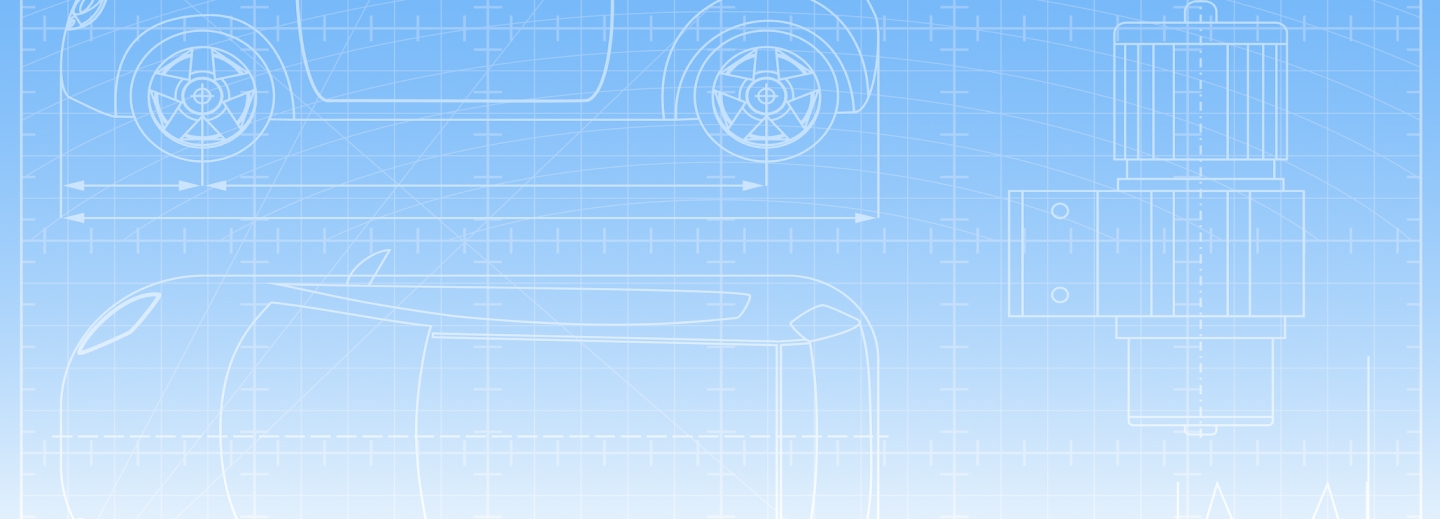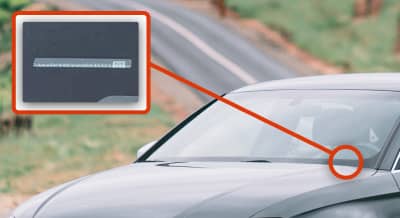


Lookup a Jeep Build Sheet
See original factory specs, options, and features for Jeep vehicles
If a Jeep build sheet isn't available, see if there is a Jeep window sticker.
Jeep Build Sheet
Looking for original factory specifications for your Jeep? A Jeep build sheet details the exact options, packages, paint codes, and drivetrain specs the vehicle carried as it rolled off the factory floor. Some automakers provide access to their build sheets at no cost. To make these build sheets easier to look up, iSeeCars created a Jeep Build Sheet tool: enter any Jeep VIN and, when an official build sheet is available, it appears instantly. If the automaker doesn't have one available, the tool searches for the availability of a window sticker which provides similar details to a build sheet.
How Do I Get a Free Jeep Build Sheet?

Find the Jeep vehicle's VIN number
You can typically find the VIN on the driver's side dashboard near the windshield or on the label inside the driver's door frame.

Enter the Jeep VIN
Enter the 17 alphanumeric VIN in the VIN box and click the "Look Up Build Sheet" button.

Get the Jeep build sheet
You will see a build sheet if there is one available. Download, save or print it.
Frequently Asked Questions
What Is a Jeep Build Sheet?
Think of the build sheet as the vehicle's DNA report, drafted on the assembly line to tell workers exactly which components belong on a specific Jeep. Decades ago it was a single-page routing guide, taped to the body or tucked behind a seat, then tossed once the vehicle rolled off the line. Today the same document, now generated digitally, survives as a permanent record that traces every option, code and feature installed at the factory. Collectors prize it, mechanics consult it, and owners rely on it to learn how their Jeep was originally made.
What Appeared on Historical Jeep Build Sheets?
Before 1967, the information was sparse: strings of internal codes linked to a separate Vehicle Order Card. If an unusual part--say, a non-standard axle ratio--was ordered, it was scribbled in a comment box. By the 1970s and 1980s the sheets had become denser. A CJ-7, for example, might show its VIN, model year, special packages such as Renegade or Laredo, and axle choices like the Dana 30 front and AMC 20 rear. The detail and consistency improved, but owners still needed decoding charts to translate the letter-and-number shorthand.
What Will I Find on a Modern Jeep Build Sheet?
Current build sheets read like full spec sheets. They spell out engine type, displacement and fuel system; transmission choice; axle ratios; paint and trim codes; and every factory package--from the entry-level Sport trim to a Rubicon with the Xtreme 35 package. Inside, they record seat fabric, infotainment screen size and audio brand. Outside, they log wheel design, LED lighting, roof style and bumper type. Safety tech such as blind-spot monitoring appears alongside connectivity features such as Uconnect with navigation. A 4xe Wrangler, for instance, will list its plug-in hybrid drivetrain, battery pack and Rock-Trac four-wheel-drive system right beside its color code.
How Can I Track Down a Historical Build Sheet?
Start with Stellantis' corporate archives: supply a VIN and, for a modest fee, archivists may locate a scan of the original document. Persistence helps; not every record survived mergers and computer migrations. Enthusiast forums often host decoded sheets, and some vintage-VIN websites have partial databases. A few specialists in automotive history sell research services. Finally, an old-school parts manager at a Jeep dealership occasionally can retrieve records for models that are modern enough to live in Chrysler's dealer network but old enough to be collectible.
What's the Easiest Way to Get a Modern Build Sheet?
For recent models, the information is readily available. Tools such as the iSeeCars Build Sheet by VIN tool will surface a PDF seconds after you enter the 17-digit number. Jeep's own customer-service line routinely emails build sheets on request. Your selling dealer--or any dealer with access to Stellantis' internal system--can also print one.
Build Sheet vs. Window Sticker: How Do They Differ?
A build sheet is an internal factory ledger listing every component according to engineering codes and production timing. A window sticker, mandated by federal law, is a consumer label that summarizes key data--MSRP, standard equipment, options with prices, fuel-economy ratings and warranty terms--in plain language. Both describe the same vehicle, but the sticker is meant for shoppers on the lot, while the build sheet is a behind-the-scenes assembly record.
How Do I Read and Decode a Jeep Build Sheet?
With historical sheets, begin by matching the VIN, build date and plant to your Jeep. Next, translate paint, trim and option codes using era-specific decoding guides posted on enthusiast sites. A code such as "PE4" alongside "QE4," for instance, identifies the exterior and interior shades of Colorado Red on an '87 Cherokee. Modern sheets are more straightforward: they print full descriptions next to any residual codes, so you can immediately see a 2.0-liter turbo engine, an eight-speed automatic and a Selec-Trac transfer case without cracking a codebook. Either way, move line by line, confirming drivetrain, axle, suspension, interior, exterior and safety equipment to capture the Jeep's original specification.
Why Does a Build Sheet Matter?
For owners it is proof of what the factory installed, useful when servicing components such as limited-slip differentials that need specific fluids. For restorers it is a blueprint that guides everything from paint selection to seat fabric. For collectors it authenticates a rare package and can lift resale value. Shoppers weigh one Jeep against another by comparing factory options, and insurers occasionally consult the sheet to verify equipment after a loss.
Have Build Sheets Changed Over Time in the U.S. Market?
Absolutely. Early wartime Jeeps pre-dated standardized VINs, so sheets were informal and varied by assembler. The introduction of the 17-digit VIN in 1981 ushered in consistency, while the transition from paper to digital storage made modern sheets searchable online. Build sheet content has grown steadily clearer: cryptic three-letter codes have given way to plain-English descriptions, though older sheets may still carry recycled codes. In short, build sheets have evolved from disposable assembly line instructions to a permanent, detailed digital record that anchors a Jeep's identity.






